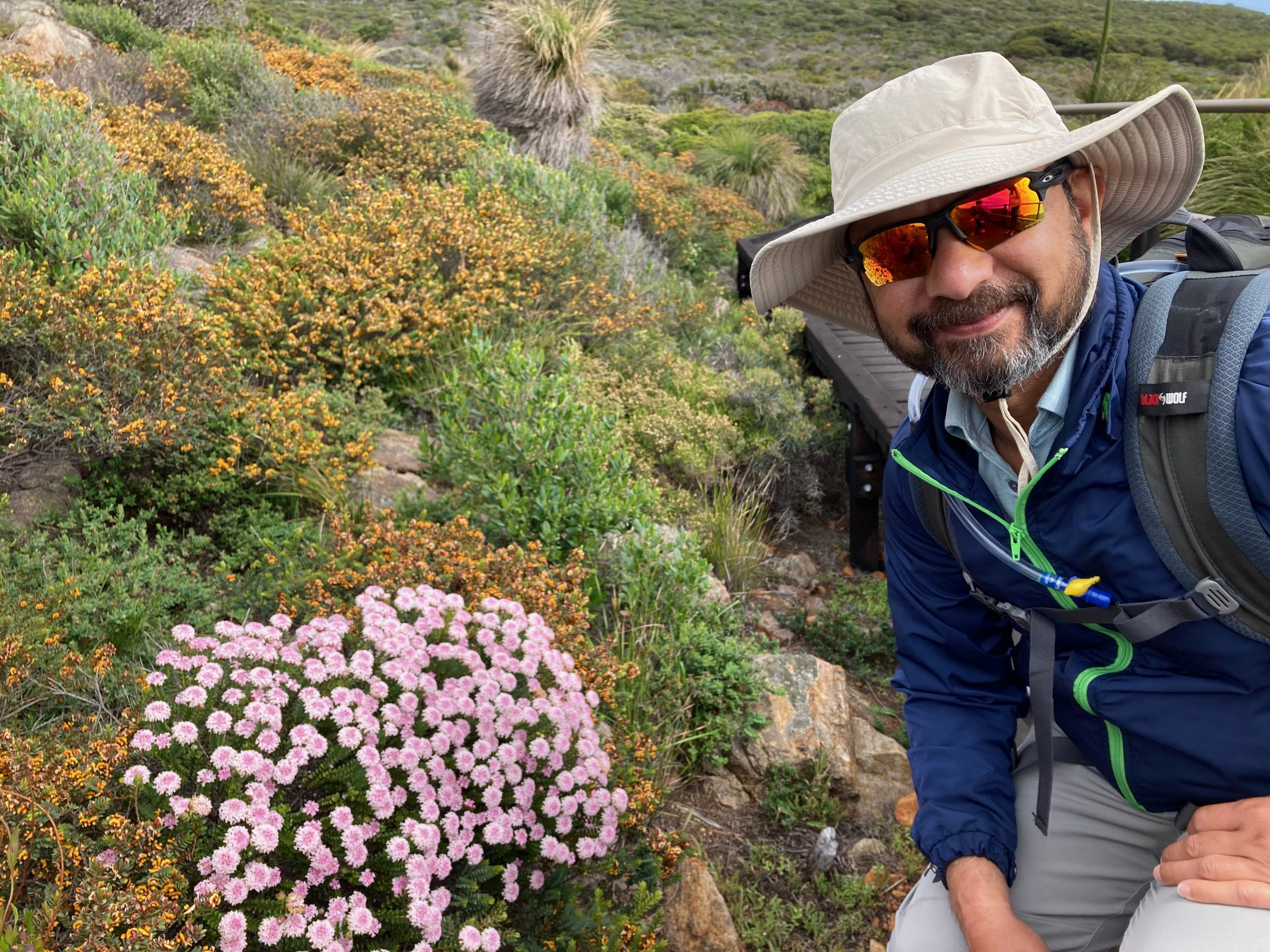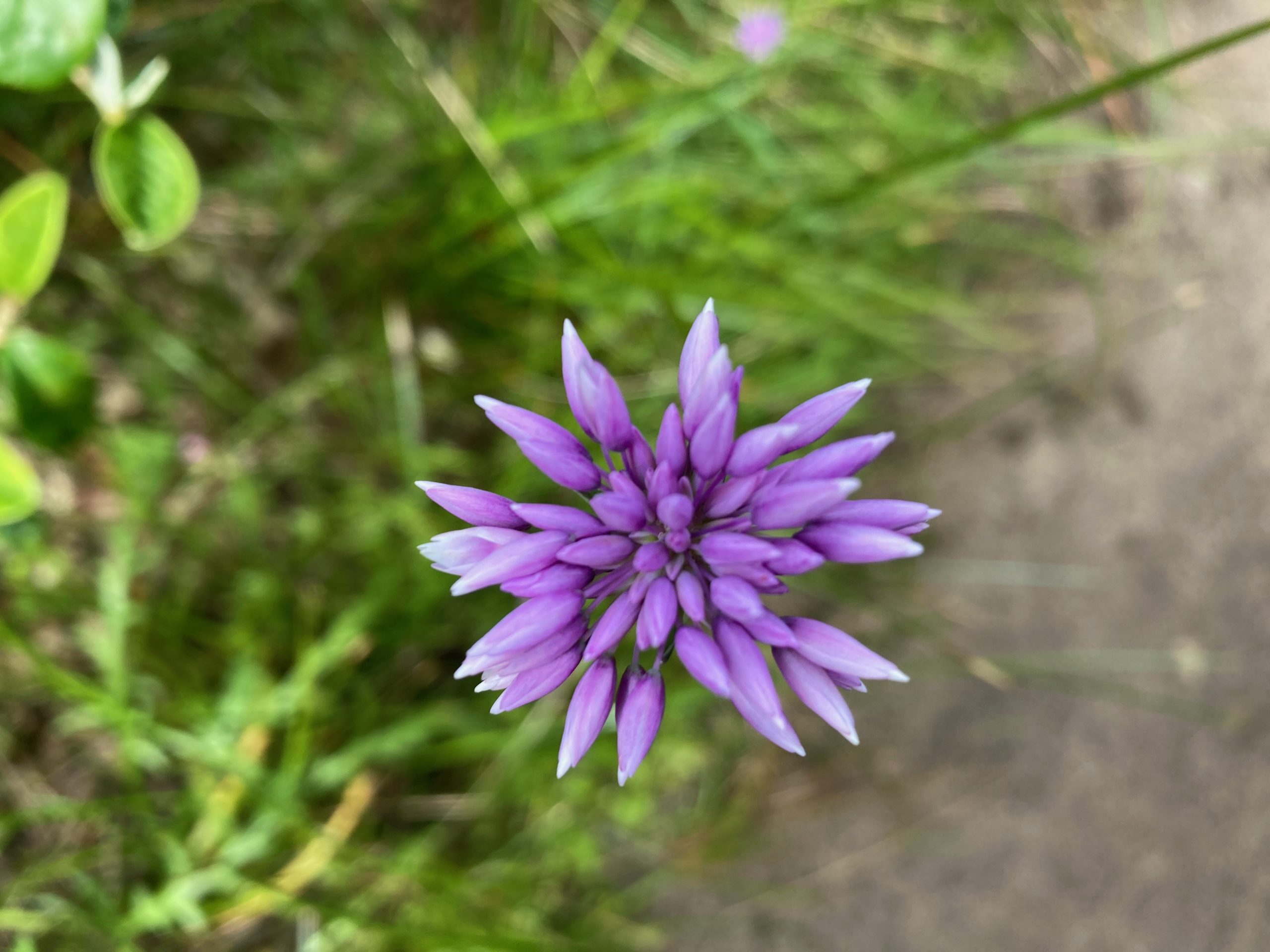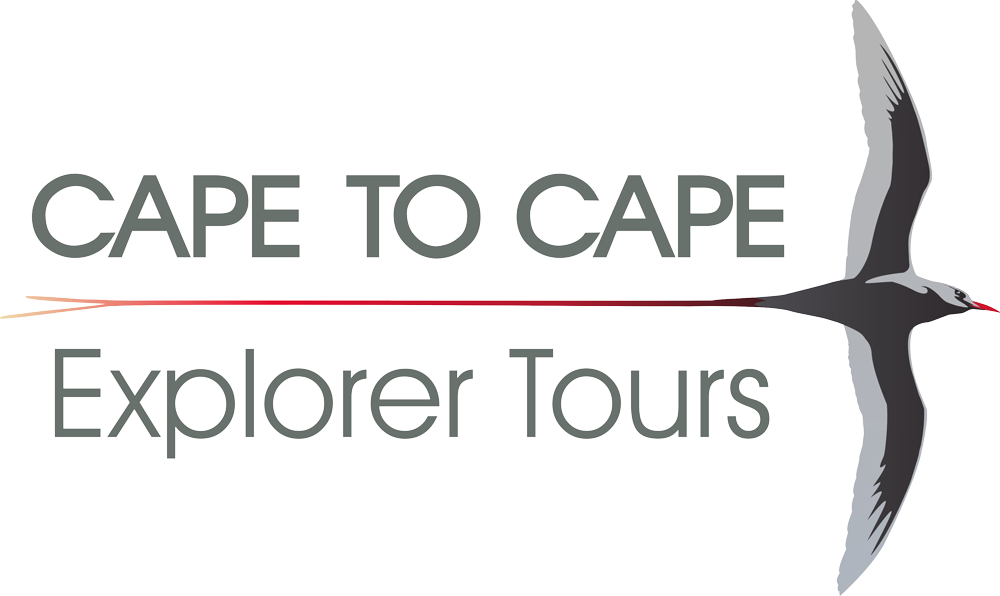Margaret River wildflower season has arrived and here’s your guide to seeing the most amazing floral displays in the South-West corner of WA. With September just a few days away, Western Australia’s wildflower season is well and truly underway. Carpets of colour are blooming in the state’s north. And as the weather warms up in the Margaret River region, wildflowers are starting to bloom across the south-west of the state too.

A kaleidoscope of wildflowers and orchids blooming now
Cape to Cape Explorer Tours managing director Gene Hardy operates seasonal guided and year-round self-guided tours of the Cape to Cape Track in the Margaret River region. It sees more than 8,000 species of wildflowers and 300 species of delicate orchids blooming between August and November.

Margaret river a gobal biodiversity hotspot for flora
“Our expert guides love showing the unique and interesting flowering species to guests hiking the Cape to Cape Track. This multi-day trail takes in awesome coastal and forest scenery from Cape Naturaliste in the north to Cape Leeuwin in the south,” Gene says.
“We’re one of the world’s only biodiversity hotspots. That means the State’s south-west region is without doubt a prime location for wildflower spotting. It’s perfectly suited to those with a passion for nature and wildlife.”

Wildflower Tracker makes finding wildflowers easy
To make it easy for wildflower enthusiasts, locating the best spots State-wide can done through Tourism WA’s interactive Wildflower Tracker. Users can also send in photos and flower recordings from their travels. Tourism WA says the online tracker is a great way for people to stay up-to-date on the latest blooms.

Margaret River wildflower season and timings
WA’s wildflower season begins in July in the northern areas of the Pilbara, Goldfields and Coral Coast. Then it moves south to Perth by September. And it finishes in the forests and coastal heaths of the south-west including the Margaret River region from late August through to November.
Overall, WA is home to the world’s largest collection of wildflowers. That includes more than 12,000 species – 60 percent of which are found nowhere else on earth. Now that’s impressive!
